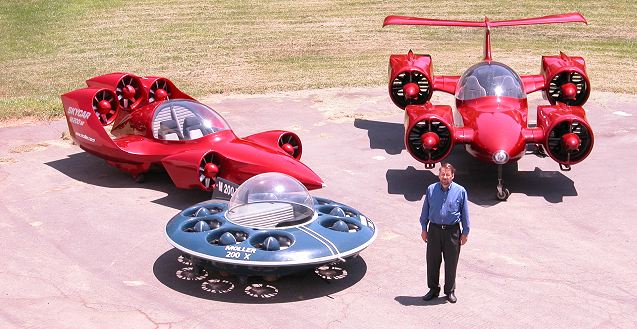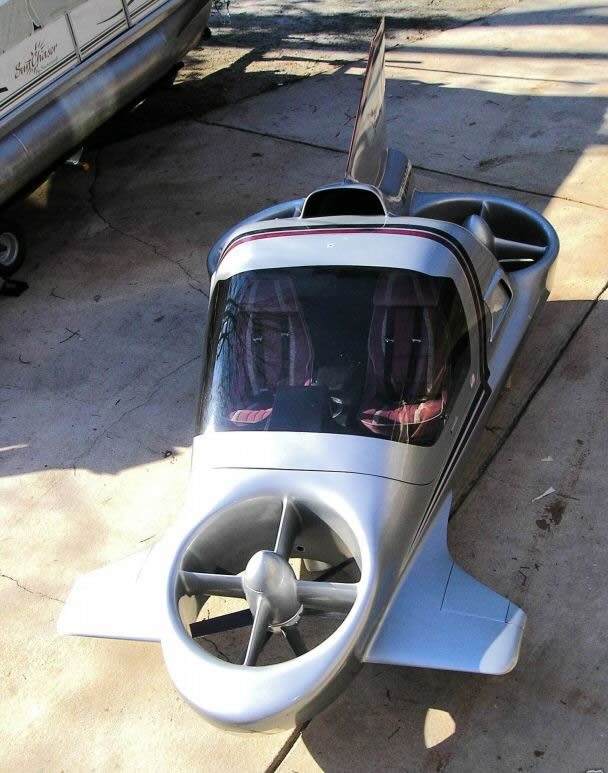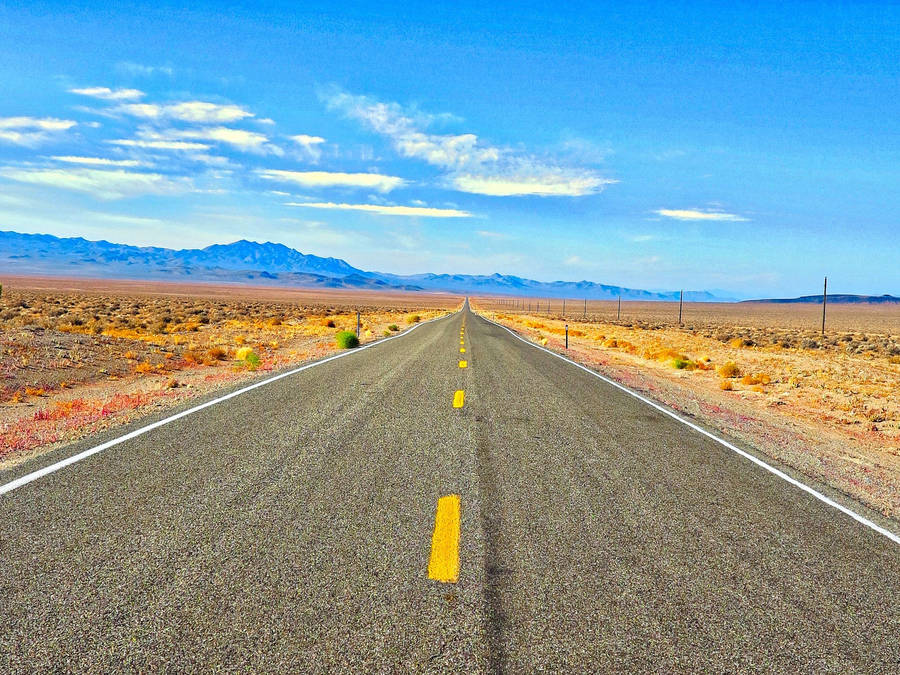|
|
|---|
Thursday, June 24, 2010
Tramontana the car modification : most expensive brand
This car has tremendous power because of the emergence of twin-turbo V12 engine with 760 hp of power that can be drawn from 0-100 km / h in just 3.6 seconds. That's from the engine innards.
From the outside agency was awarded the Tramontana exotic appearance, the spirit of this art sapuhan Tramontana more clearly with colorful paint that has a chameleon effect, the alias can change the color-Audirac Leal claims.
Tramontana paint color can change and move from purple to blue and
from green to gold. Leal-Audirac goal is to create a statue of Silk and no doubt the visual effect is the core purpose of the creation of a car.
Labels: CAR REVIEW, CAR WALLPAPER, MODIFICATION CAR, SUPERCAR
Sunday, June 20, 2010
 Nippon or Japan is famous for tightening of safety regulations for vehicles sold. Subaru won the title in the land of the safest cars Sakura.
Nippon or Japan is famous for tightening of safety regulations for vehicles sold. Subaru won the title in the land of the safest cars Sakura.Grace granted by Japan's New Car Assessment Program (JNCAP) to the Legacy of output in 2010. Unfortunately, the car was not signed by the Subaru trafficked Indonesia.
Kemashyuran Legacy not only recognized by Japan, but in other parts of the world. In Europe and Australia, this sedan gets a predicate as the safest car. Furthermore, in the United States bearing the "Top Safety Pick" by Insurance Institute for Highway Safety (IIHS).
Parties JNCAP hit-test and see the impact caused to the driver, front passenger, and pedestrian. Previously, several other Subaru models such as Impreza, won a similar award in 2007. Likewise Forester in 2008.
Source : http://otomotif.kompas.com
Labels: CAR REVIEW, SUBARU
Friday, June 18, 2010
Labels: CAR WALLPAPER
Labels: CAR WALLPAPER, LAMBORGHINI
Tuesday, June 8, 2010



Labels: MERCEDES BENZ
 Toyota avansa 2010
Toyota avansa 2010Labels: TOYOTA
Labels: CAR WALLPAPER, SUPERCAR
Now a days almost every one is curious about how the cars are going to be in future. There is lot of speculation about the flying cars in the future. Yes this might become true as there is every chance of developing these type of cars. Some automobile manufacturers already started to work towards achieving this. If at all this becomes true, then flying cars will definitely ease the present traffic situation.
Labels: flying cars
Monday, June 7, 2010
Labels: ELECTRIC CAR, MITSUBISHI
Tuesday, June 1, 2010
Did we mention that it's also the fastest and most powerful road-going sports car ever built in the history of Porsche and that it turns the Nürburgring race track in just 7 minutes and 18 seconds or four seconds faster than the Dodge Viper ACR?
But let's take it from the start. The crown jewel of the 997 lineup is powered by a 3.6-liter six-cylinder boxer engine boosted by two turbochargers with variable turbine geometry that churns out 620HP and 700Nm or 516 lb-ft of peak torque. It drives the rear wheels through a six-speed manual gearbox.
Through a series of measures that include the use of carbon fiber throughout, lightweight door panels and a reduction in soundproofing material just to mention a few, Porsche's engineers managed to keep the car's weight at 1,370kg (3,021 pounds) or as we said previously, 70kg (154 pounds) less than the previous GT2.
Porsche states that the new 911 GT2 RS can accelerate from standstill 100 km/h (62 mph) in 3.5 seconds, to 200 km/h (124 mph) in just 9.8 seconds and to 300 km/h (187 mph) in 28.9 seconds, while top speed is pegged at 330 km/h (205 mph).
Despite this extra power and performance, Porsche claims that fuel consumption and CO2 emissions versus the 911 GT2 are down by approximately 5 per cent to 11.9 lt /100 km (equal to 23.7 mpg UK and 19.8 mpg US) and 284 g/km.
Stuttgart's team has equipped the GT2 RS with lightweight yet carbon-ceramic brakes and a new set of 19-inch wheels (available in three different shades) wrapped in tires size 245/35 up front and 325/30 at the back that were specifically developed for this car.
n addition, the 911 GT2 RS gets a new set-up of the springs, PASM Porsche Adaptive Suspension Management, anti-roll bars, as well as the engine mounts and PSM Porsche Stability Management.
In its exterior styling, the RS stands out from the standard 911 GT2 through the use of carbon fiber components in matt-black surface finish, the wider wheels and flared wheel arches at the front, the redesigned front lip spoiler and the 10 millimeter or about 0.4 inches taller rear wing.
The car's interior has outfitted with a pair of lightweight bucket seats made of carbon-fibre-reinforced plastic in carbon surface finish and lightweight door panels with door opening straps. The basic black color of the interior is contrasted by the red finish of the seat centre sections and the roof lining as well as segments on the steering wheel rim which like the gearshift and handbrake lever are covered in alcantara.
Depending on your needs and desires, Porsche also offers an optional Clubsport package that includes a safety roll bar, a six-point harness, and pre-wiring for a kill switch, as well as the option to replace the racing seats with electrically adjustable sport seats and add a navi system.
Production of the 911 GT2 RS will be limited to 500 units, with Europe getting it first in September at a base price of €199,500 (Germany: €237,578 or US$301,398, UK: £164,107 or US$245,097), and the U.S. in October at a price of US$245,000 (€193,126).
McLaren chairman (and anti-Bugatti spokesman) Ron Dennis was on-hand to express his own feelings about owning and driving the car: "The F1 is a technological tour-de-force and a real triumph in terms of packaging and design."
"Whether endurance racing or on road, it is supremely fast, agile and yet comfortable. Its styling is enduring and will never fade. I enjoy driving mine more today than ever before because I find its technical purity highly satisfying; the F1 remains one of McLaren's proudest achievements."
Over its twenty years on Earth, the F1 has spawned 72 road cars (64 F1s, 5 F1 LMs, and 3 F1 GTs), 28 racers (F1 GTRs), and 6 other prototypes. The F1 GTR took just three months to develop, and the 28 examples McLaren built were big time winners: the 1995 GT1 Championship and the 1995 24 Hours of Le Mans (1st, 3rd, 4th, 5th, and 13th places), both its debut seasons.
The five cars that finished at Le Mans were the inspiration for the five Papaya Orange F1 LMs, which get a "de-restricted engine" putting out 680 horsepower.
Lastly, the "Longtail" GT came out in '97 in order to meet homologation standards for the new GTR.
If McLaren's F1 weren't a household name after its impressive race history, it sure was once it became the world's fastest car (it's still the fastest naturally-aspirated car). After a 106-car production run, Mclaren decided to call it a day with the F1. After a brief hiatus working with Mercedes to create the avian SLR, the Woking wonders are back with their own purebred 911 hunter: the MP4-12C.
Still interested in an F1? The last we heard, there was a Longtail GTR for sale in the Land of the Rising Sun.
Labels: FORMULA 1
















































